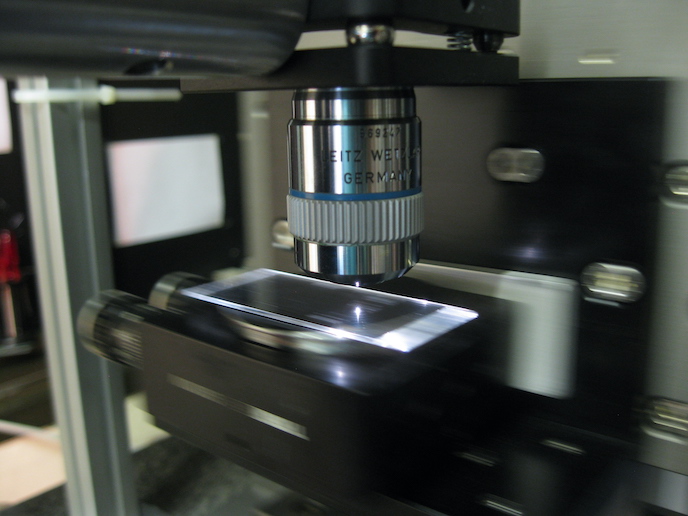Advances in mathematical group theories
Modern mathematics principles rely heavily on group theory, where symmetries of arbitrary mathematical objects form groups that bear on several areas of the discipline. One particular group of interest is the infinite or residually finite group where the intersection of subgroups of finite index is trivial (e.g. finitely generated linear groups or arithmetic groups). The EU-funded project 'Invariants of residually finite groups: graphs, groups and dynamics' (Resfingroup) investigated the asymptotic behaviour of invariants on the subgroup lattice related to residually finite groups. To achieve its goals Resfingroup examined topics together such as group theory, graph theory, elements of topology, dynamics and probability theory. It probed links among asymptotic invariants of covering towers, algebraic invariants of residually finite groups and dynamical properties and invariants of profinite actions. In addition, it focused on how unimodular random graphs behave like vertex transitive ones. In-depth research related to these topics revealed many important findings and results. For example, it proved that for a higher rank simple real Lie group, the quotient manifolds converge to the Lie group. This result affects various applications such as the growth of Betti numbers and counting multiplicities of unitary representations. Moreover, the research team elaborated a rigidity theorem on expander Cayley diagrams and proved a strong version of Kesten's theorem on spectral radius. It also experimented with the chromatic polynomial of finite graphs that revealed enlightening information on uniform probability. These results have certainly opened new areas of interest in mathematics, particularly since they connect specific areas of the discipline in novel ways.







